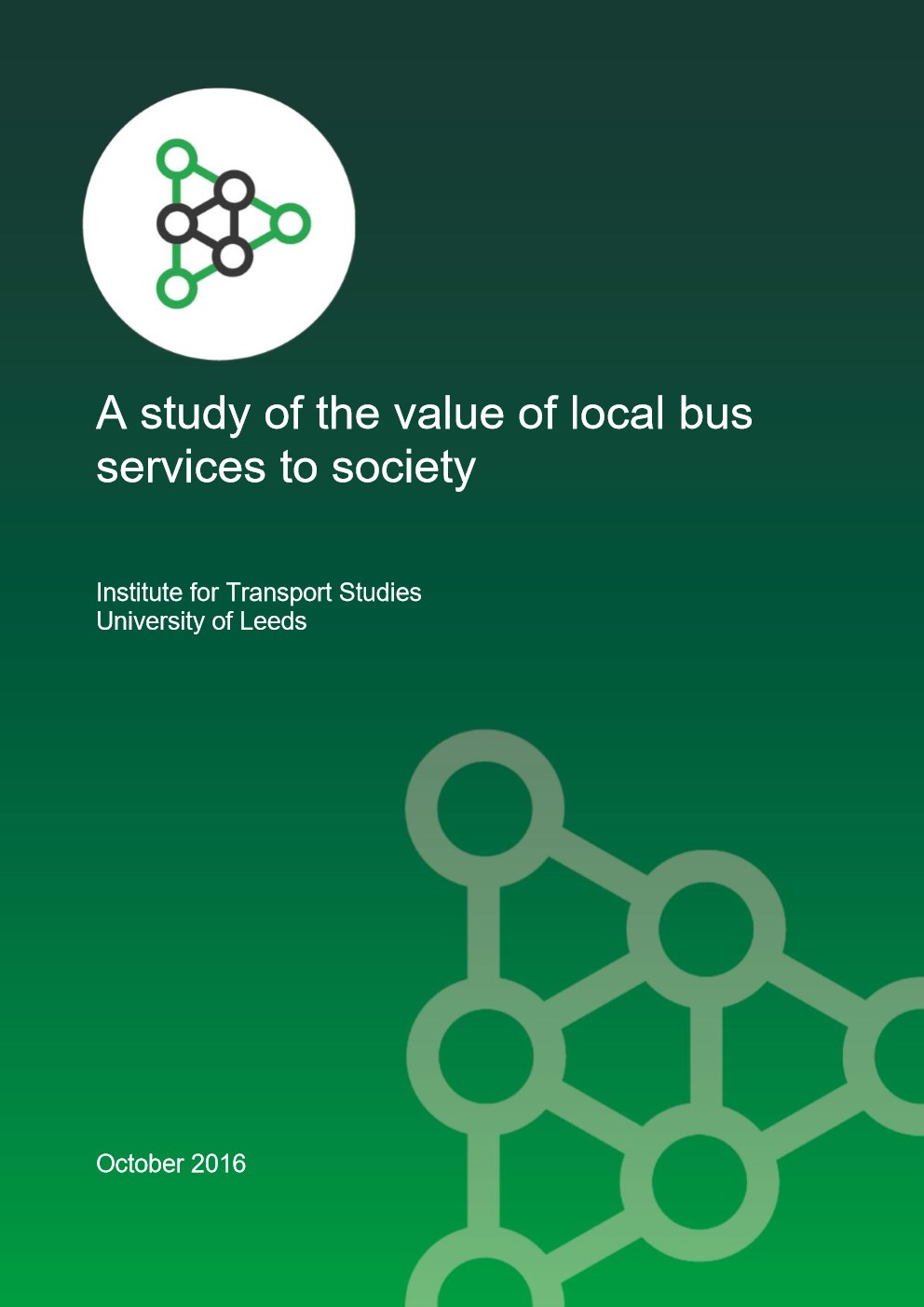The first order effects of better bus services emerge through improvements in travel times, reliability, comfort or fares. The research question explored in this work is: Is there a link between bus accessibility and social outcomes?
This report details the results of econometric models we have applied to this task to identify whether there is a systematic variation in social outcomes at the local level with the quality of the bus network.
In this work we have circumvented many of the problems associated with data availability and data quality by adopting a ‘reduced form’ analysis that considers the strength of the relationship between measures of public transport connectivity and social impacts as measured by the Department for Communities and Local Government’s Indices of Multiple Deprivation.
We analyse a cross-sectional dataset of bus accessibility indicators, social deprivation indicators and socio demographic information to examine effect of differences in public transport (primarily bus) journey times on areas’ labour market outcomes.
The analysis uses data on bus accessibility indicators and the latest Index of Multiple Deprivation (IMD)2 indicators for 2015. We control for differences in other characteristics between areas (population density, industrial structure, car availability, etc) using information from the census.
Section 3 discusses the data used in this work, Section 4 the methodology used, Section 5 the results and Section 6 summarises.
Photo: Maria Morri

